A Cunning Plan?
20th February 2017
In: Project 63
I can’t quite believe that almost a year has passed since my one and only Baldrick moment, (never to be repeated I may add) and a cunning plan was hatched for the Association to take on plot 63 from the charity Essex Youth Build, who sadly had to relinquish the site.
That very early laissez faire approach of how difficult can it possibly be, replaced with weeks and weeks of digging, weeding, and then endless watering, proved that tending what initially seemed to be a reasonably irrelevant sized piece of land, which gradually turned into a veritable jungle of growth, required not inconsiderable attention and effort.
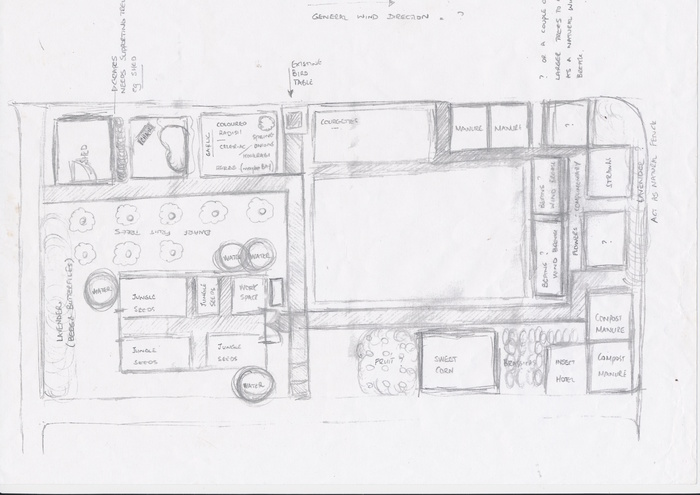
On the allotment website and in most good books, it advises the new plot holder to carefully consider a plan of attack in terms of how to tackle the task in hand, and whilst planning was never one of my strengths, including cunning plans as it turns out, several initial sketches were drawn in terms of ideas for the plot which measures some 80 x 30ft.
Several initial iterations of the plot were drawn, with a view of where to place compost bins, a shed, pathways, together with an initial plan of attack in terms of what to grow, and where.
If you have been following the project 63 blog on the web site, it will be noticable that over a period of 10 months, the plot has gradually transformed into something that vaguely mirrors the original drawings, with a shed, decking, wildlife area, compost bins and marked pathways all being added.
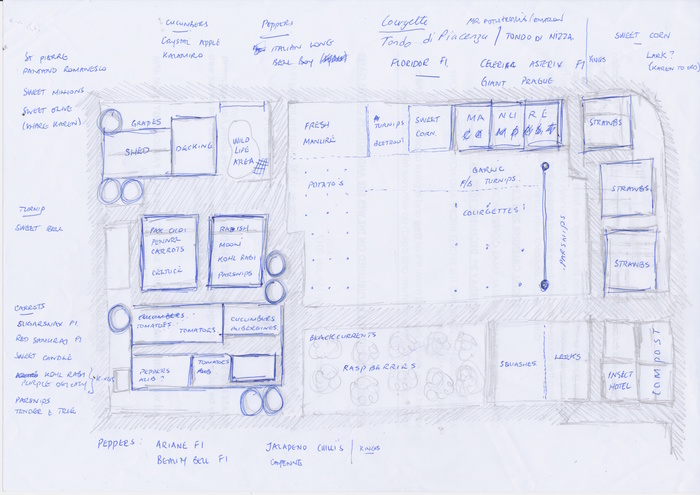
Some of the original ideas have been slightly modified; the area directly between the poly tunnel and shed being targeted as an area for dwarf fruits, which has now been shelved on the basis that the site has a community orchard already, and that perhaps a more productive use of the area would be raised beds for vegetable production.
Those original plans remain crucial; they provided a template to tackle the initial development of the site, and as we now approach a second growing season, these diagrams are being used to identify where we grew everything last year so that we can rotate our crops for year 2, and so forth.
Equally over the winter months, the time is being used to tidy up the plot, fix various borders, or dig and place perimeter boarding, plus essential tasks to ensure that growing season can be approached without too much 'spade work' to coin a phrase, as most of the effort already put in.
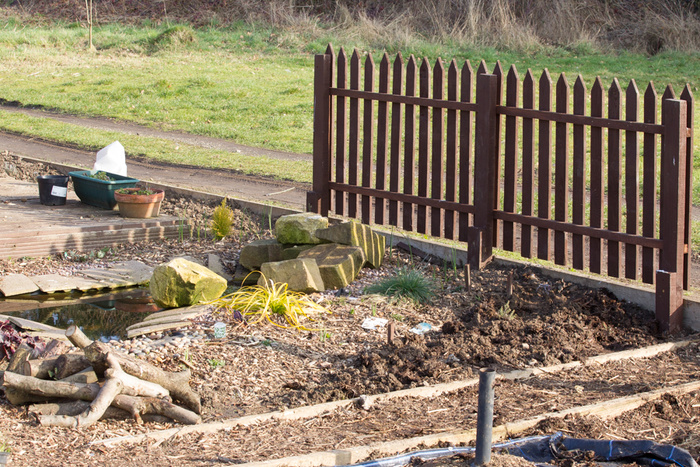
Finishing touches to the wildlife feature include the provision of a fence (for the writer a feat of engineering that borders on epic, despite the fact that the most careful of measurements, checked and double checked, still didn't quite match up), and repair and re location of the bird table.
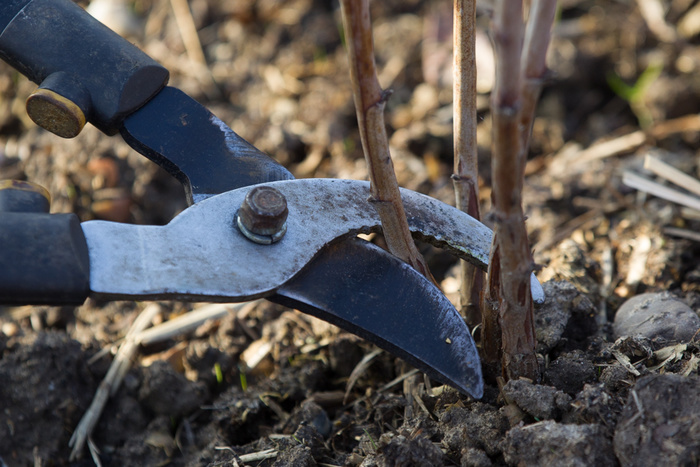
In addition to this the Autumn fruiting Raspberries have been pruned, close to ground level to stimulate and promote growth for this year, and the three original raised beds have seen the introduction of further strawberry plants, well manured. The Rhubarb, kindly donated by Karen seems to have survived the trauma of being dug up and re housed, and much to the former's chagrin, the broad beans planted seem to be progressing.
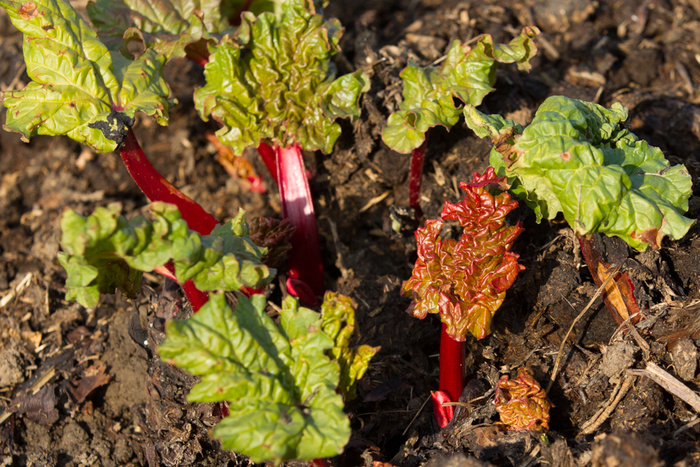
That's just about it for this update to the project, and it seems that the cunning plan whilst not particularly cunning, is progressing reasonably well.